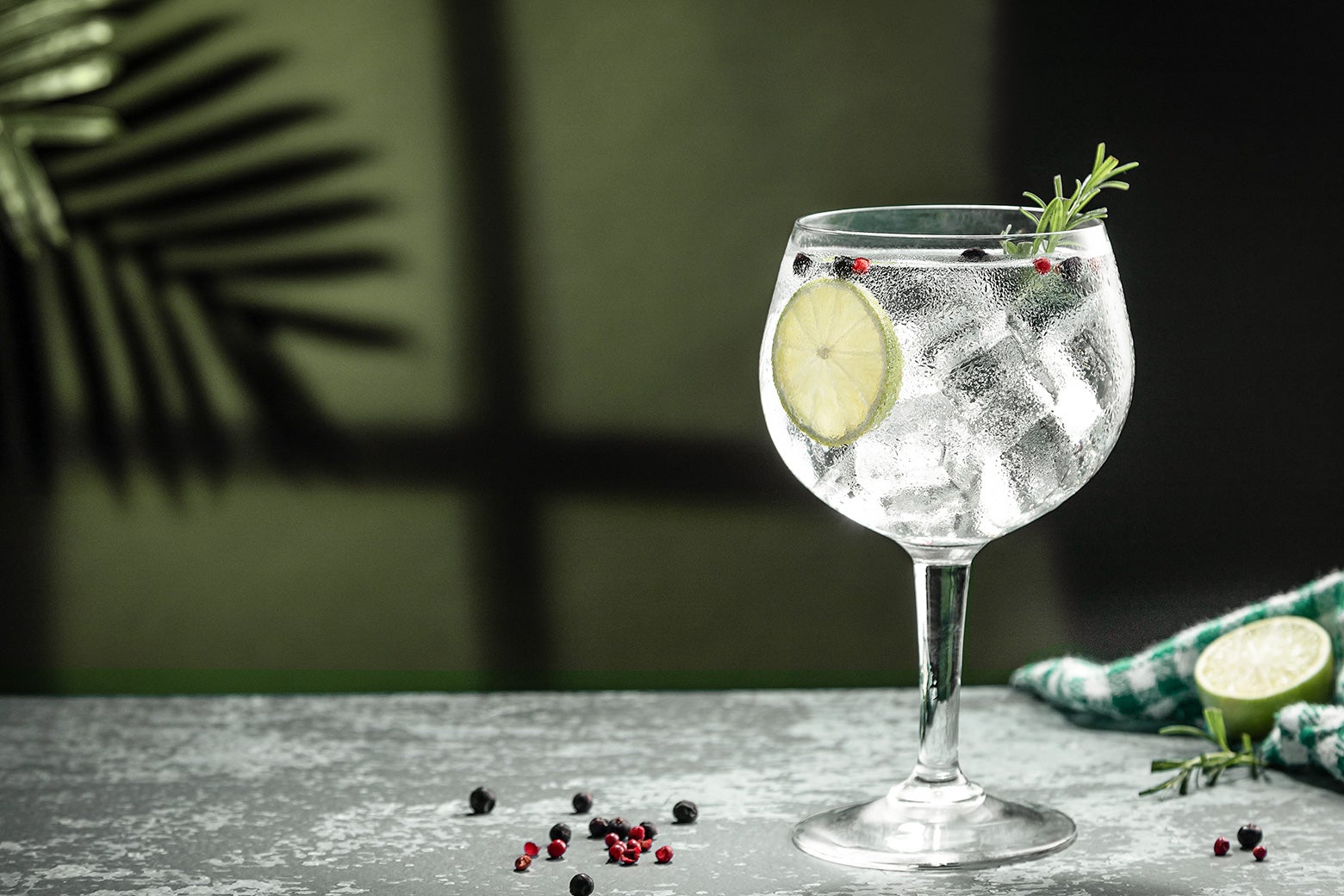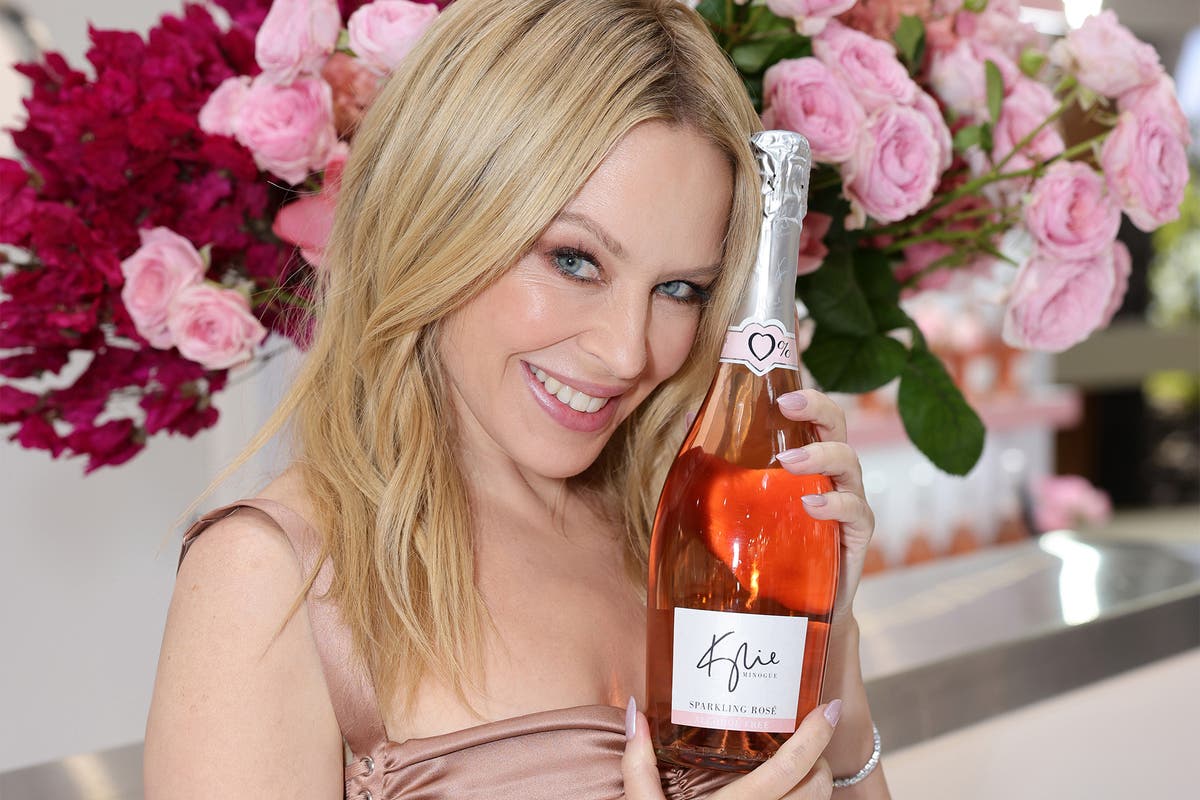Why Indian tonic waters, created by British soldiers to combat malaria, are seeing a resurgence
The HinduIndian tonic water seems like an odd drink for India to import. Their bolder, sweeter original tonic water, which is high in quinine and lime, with 7 grams of sugar per 100 ml, however, is the best selling so far, not surprising since Indian customers have got used to the effervescent, crowd-pleasing sweetness of Schweppes, the most accessible — and sometimes the only available — mixer in many markets. Rishabh says, “I started asking why gin and tonic taste good together.” He realised it was because the flavours unite harmonically, then amplify each other. Stating that Sepoy & Co will develop mixers for different spirits, Angad says, “We have introduced a ginger ale using African and Indian ginger, to mix with whisky.” Jade Forest, another young tonic brand, has one classic citrus forward tonic water, and a ginger ale with a flavour described as “Gentle ginger with a touch of citrus and caramel.” It is likely that the market will see more players emerge over the next year. Stating that there is space for multiple players, Rishabh says, “We have noticed that there is a buyer for all price points, right from Catch, which is ₹35 a bottle, to Fever-Tree, which is the most expensive at ₹150.” As gins all over the world become more complex, he says they require an “evolved tonic water: one that can maintain the spirit’s unique flavour.” He pauses and adds, “But, it should also taste delicious on its own.”
History of this topic
Discover Related



















































